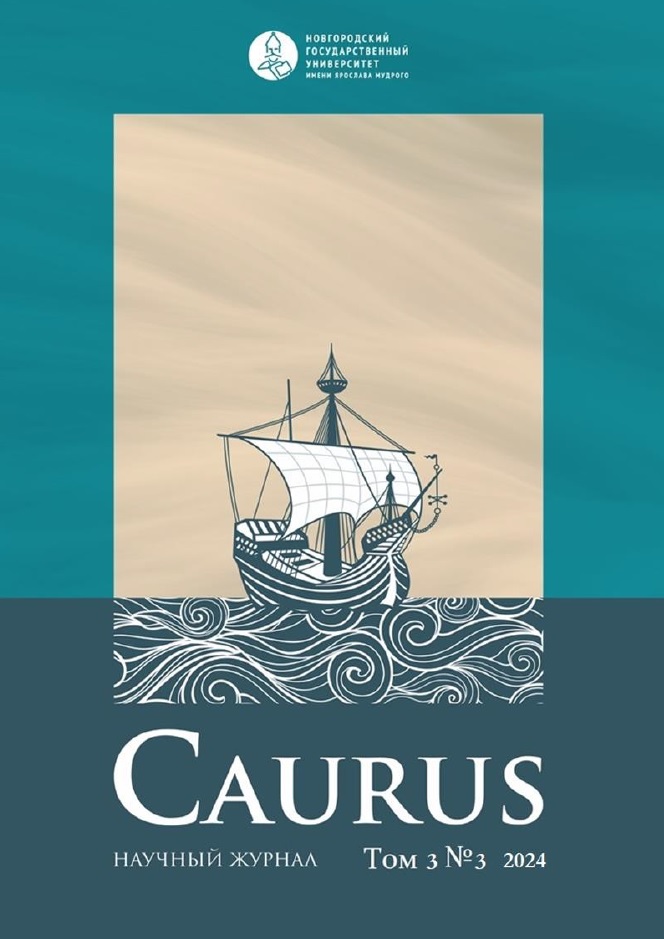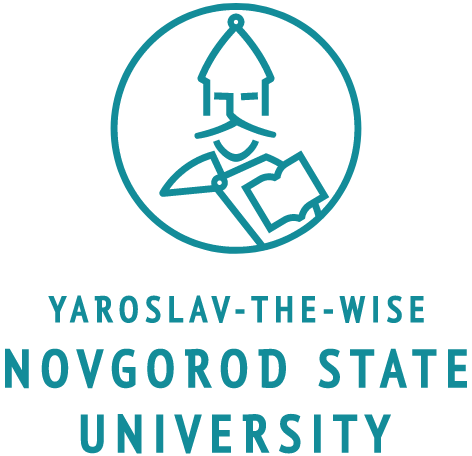Why did Dietrich von Landsberg go to Prussia?
DOI:
https://doi.org/10.34680/Caurus-2024-3(3)-50-63Keywords:
Dietrich von Landsberg, Henry the Illustrious, Prussia, Wettins, Meissen Margraviate, raidsAbstract
The purpose of the article is to clarify the motives, content and consequences of the Prussian raid of Margrave Dietrich von Landsberg within the framework of the crusader customs of the Wettin dynasty and the Meissen Margraviate. On the eve of the campaign (1272) Dietrich was in conflict with his father, Margrave Henry the Illustrious, as well as with the bishop of Merseburg, Friedrich von Torgau. The margrave had difficulties with political legitimacy, for the formation of the Margraviate of Landsberg in 1263 was contrary to imperial law. In the author’s opinion, it was participation in the Prussian raid that proved to be a successful solution to Dietrich’s troubles. Firstly, the march to Prussia became a pledge of reconciliation between the margrave and the bishop of Merseburg. Secondly, Dietrich’s legitimacy was recognized by his own vassals and the German king Rudolf Habsburg. Third, the Margrave changed his reputation as a “persecutor of the Church” to that of a “good Christian”. Fourth, Dietrich reconciled with his own father. Therefore, Dietrich von Landsberg’s successful participation in the Prussian raid proved to be the symbolic capital that allowed him to rewrite the history of his relationship with his family and the Church.







